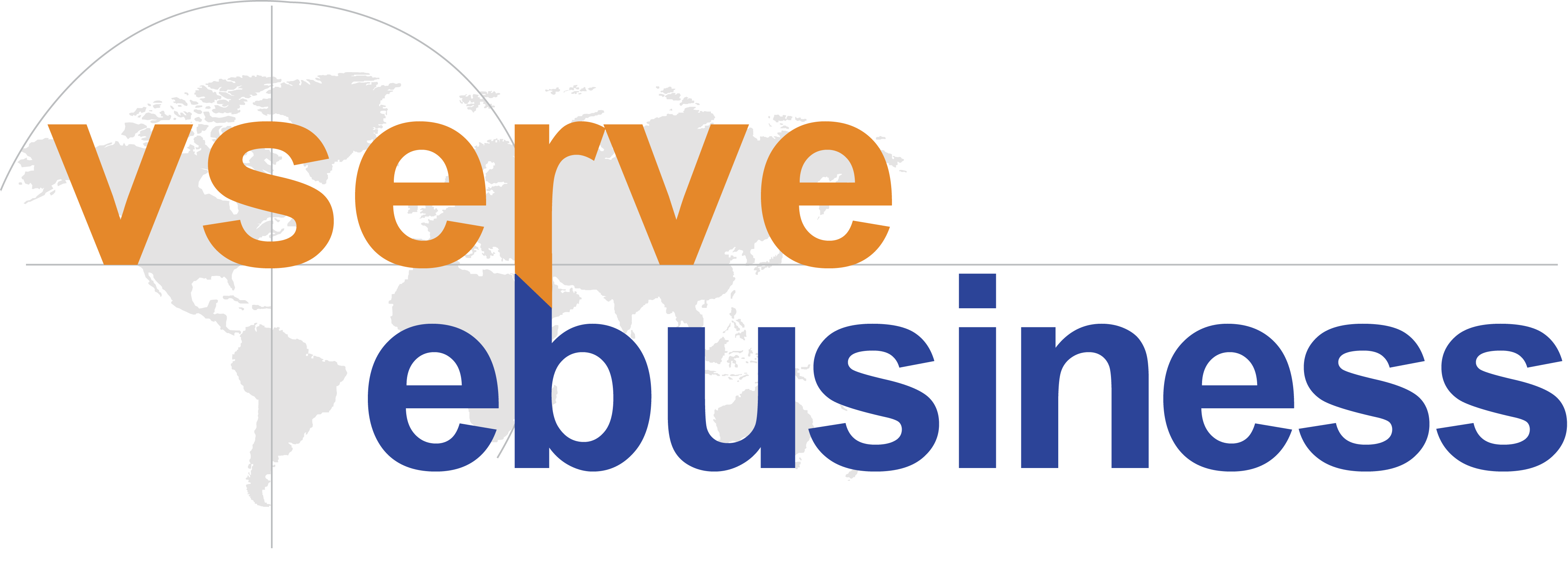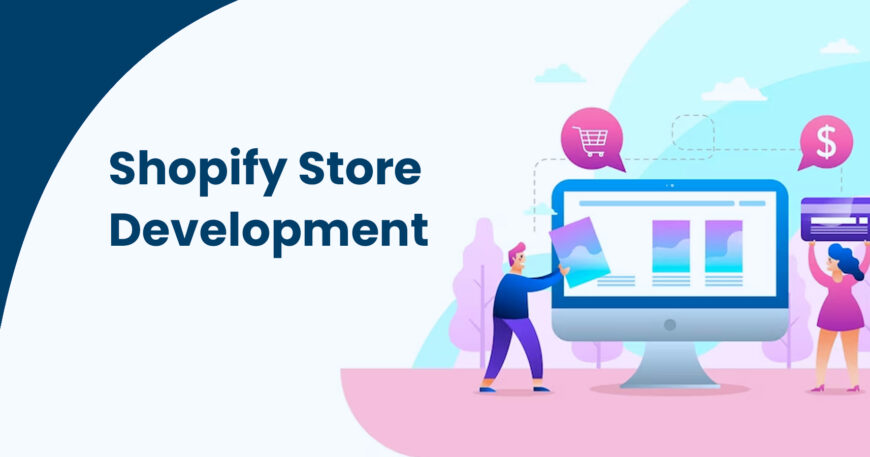Creating a successful Shopify store requires meticulous planning and efficient project management. Whether you are starting a new online business or revamping an existing one, having a well-defined capacity planning strategy can significantly impact the success of your venture.
In this article, we will explore essential tips and techniques to ensure your Shopify store development project is executed flawlessly, outranking other websites and gaining prominence on Google.
Key Challenges Faced in Efficient Project Management
Before diving into the planning process, let’s address some common challenges that can hinder efficient project management for Shopify store development:
- Unclear Objectives: Without clear and measurable objectives, your project might lack direction, wasting efforts and resources.
- Resource Constraints: Limited resources, both in terms of personnel and budget, can impact the project’s execution and overall quality.
- Inadequate Communication: Poor communication among team members can lead to misunderstandings, delays, and mistakes.
- Unforeseen Risks: Failing to identify potential risks in advance can result in significant setbacks during development.
- Inefficient Time Management: Failing to create realistic timelines can cause delays in project delivery.
Top 10 Tips to Plan Your Shopify Store Development Capacity
Now, let’s delve into the various steps involved in efficient capacity planning for Shopify store development:
1. Defining Project Scope and Objectives
Identifying Business Goals and Requirements
The first step in capacity planning is understanding your business goals and requirements. Conduct a thorough analysis of your target market, niche, and customer preferences. Identify the unique selling points of your products and the competitive advantage you wish to establish in the market.
Setting Clear and Measurable Objectives
Once you clearly understand your business goals, set specific, measurable, achievable, relevant, and time-bound (SMART) objectives for your Shopify store development project. These objectives will be benchmarks for measuring the project’s success and progress.
2. Analyzing Resources and Skill Sets
Assessing Available Resources for the Project
To execute your Shopify store development project successfully, evaluate the resources available to you. This includes personnel, technology, tools, and budget. Determine if you have the expertise in-house or need to hire external professionals to fill the skill gaps.
Identifying Skill Gaps and Training Needs
If your team needs more specific skills for the project, invest in training and upskilling to bridge the gaps. Providing adequate training will enhance the team’s capabilities and improve overall project efficiency.
3. Estimating Project Timeline
Breaking Down the Development Process
Divide the Shopify store development process into logical phases and tasks. This breakdown will clarify the sequence of actions required and ensure a smooth workflow throughout the project.
Creating Realistic Timelines for Each Phase
Create realistic timelines for each development phase based on the task breakdown and resource assessment. Consider potential roadblocks and buffer time for unexpected delays to ensure timely project delivery.
4. Allocating Budget and Costs
Calculating Development Costs
Accurately calculate the development costs by considering all aspects, including technology expenses, personnel salaries, marketing, and contingencies.
Budget Allocation for Different Project Elements
Allocate the budget based on the priority of project elements. For instance, allocate more resources to critical tasks directly impacting the store’s functionality and user experience.
5. Team Collaboration and Communication
Importance of Effective Team Collaboration
Encourage open communication and collaboration among team members. Regular team meetings and updates will help address challenges and foster a cohesive work environment.
Establishing Communication Channels for Project Efficiency
Utilize collaboration tools and software to facilitate seamless communication among team members. A centralized communication channel will ensure everyone stays informed and aligned with the project’s objectives.
6. Risk Assessment and Mitigation
Identifying Potential Risks in the Development Process
Conduct a thorough risk assessment to identify potential obstacles that could derail the project. Addressing these risks proactively will prevent major disruptions during development.
Developing Contingency Plans for Risk Mitigation
Create contingency plans to handle unforeseen events or risks. Having well-defined backup strategies will ensure the project stays on track even in challenging situations.
7. Leveraging Shopify’s Features and Tools
Utilizing Built-in Shopify Features for Efficiency
Shopify offers many built-in features and tools to streamline the development process. Utilize these functionalities to save time and effort.
Exploring Third-party Tools to Enhance Development
Additionally, explore reputable third-party tools and plugins compatible with Shopify further to enhance the store’s functionality and user experience.
8. Optimizing Store Performance
Strategies for Improving Shopify Store Speed
Page loading speed is crucial for a positive user experience and SEO rankings. Optimize images, leverage caching, and choose a reliable hosting service to boost your store’s performance.
Ensuring Mobile Responsiveness and User Experience
With the growing number of mobile users, ensure your Shopify store is fully responsive and offers an excellent user experience across different devices.
9. Integrating SEO Best Practices
Implementing SEO Techniques for Better Visibility
Integrate SEO best practices throughout your Shopify store. Conduct keyword research, optimize meta tags, and create high-quality, SEO-friendly content to improve organic search visibility.
Optimizing Product Pages and Meta Information
Craft compelling product descriptions and optimize meta titles and descriptions with relevant keywords. This will boost SEO and entice users to click on your search listings.
10. Managing Inventory and Fulfillment
Organizing Products and Inventory Management
Implement efficient inventory management to ensure accurate stock levels and prevent overselling or stockouts.
Streamlining Order Fulfillment Process
Establish a streamlined order fulfillment process to ensure timely deliveries and customer satisfaction.
Wrapping Up
In conclusion, efficient capacity planning is vital for the success of Shopify store development. By defining clear objectives, analyzing resources, mitigating risks, and implementing SEO best practices, you can outrank other websites on Google and create a thriving e-commerce venture. Stay vigilant, monitor performance, and continually optimize your store to adapt to changing market trends and customer preferences.
Now, are you looking for the best Shopify development agency? Vserve is here for you. Our experienced Shopify website designers can help. As a leading Shopify agency, we specialize in creating custom Shopify websites for seamless user experiences. Enhance your online presence with our top-notch Shopify store development services. Contact us today to discuss your needs and elevate your online business.





